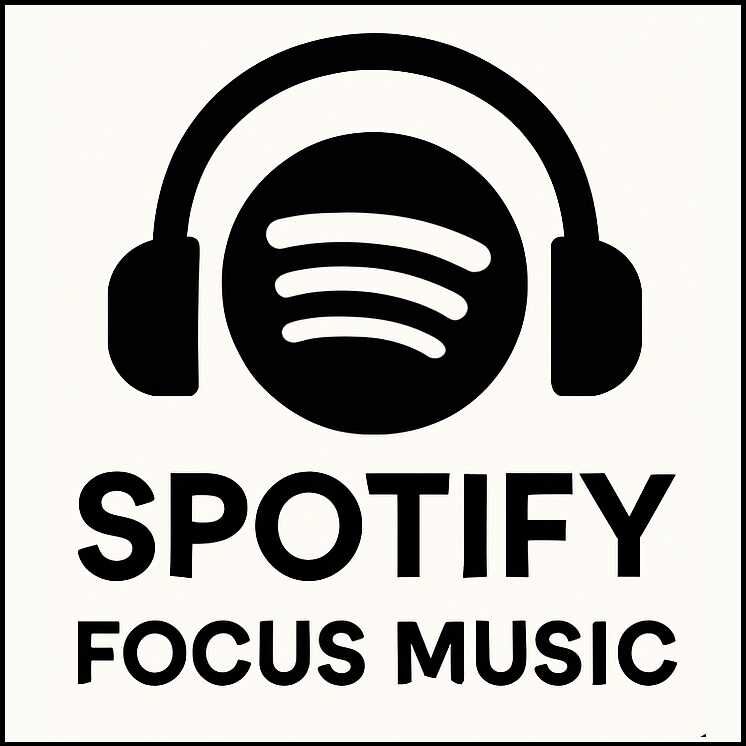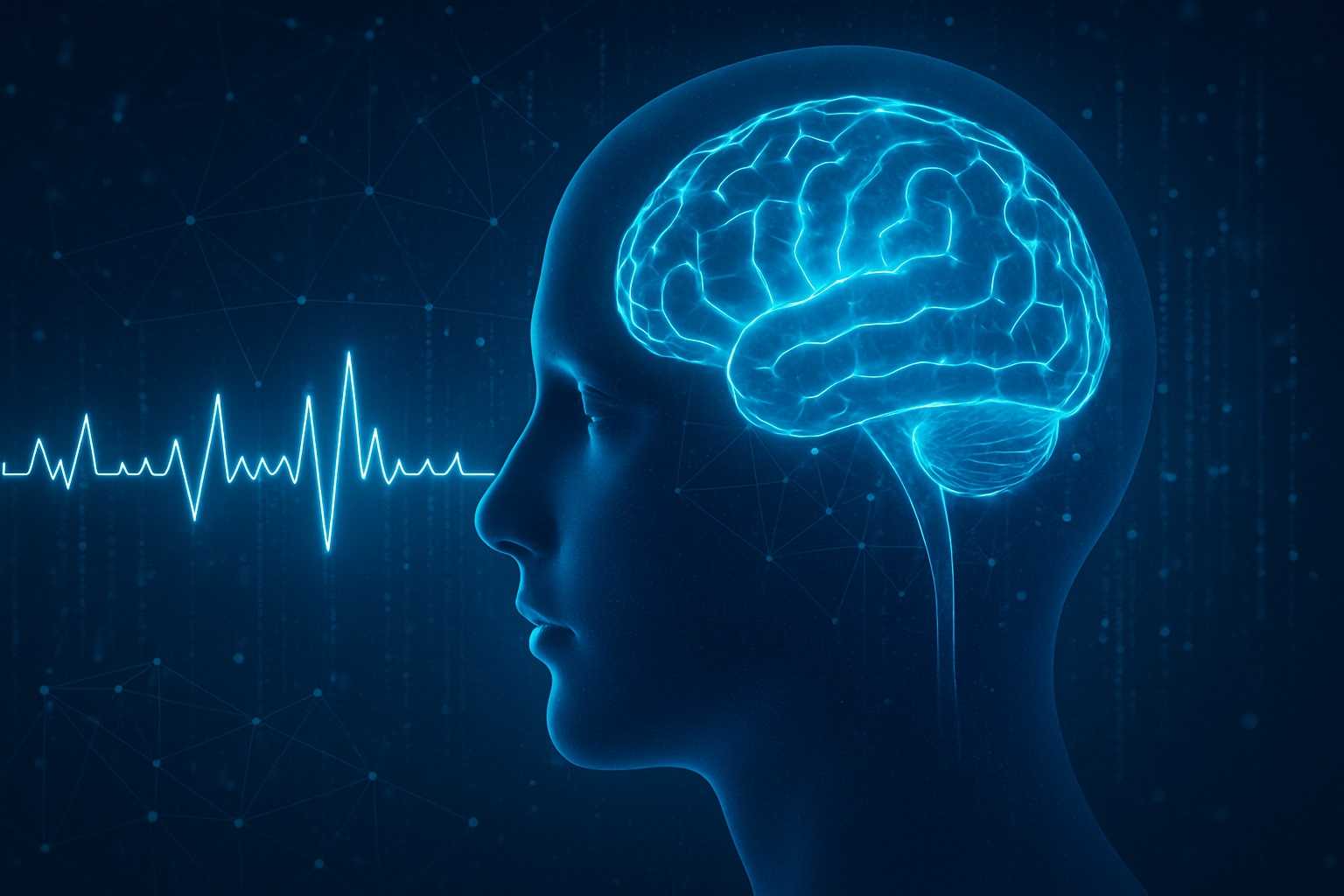Introduction: The Sound of Focus
In an age of constant distraction, the quest for concentration has become more than a personal goal — it’s a cultural movement. From students trying to absorb dense textbooks to professionals attempting to finish tasks under tight deadlines, people are turning to a unique kind of auditory aid: focus music. But not all background sounds are created equal. Among the most powerful tools are alpha waves — specific brainwave patterns that can be stimulated by sound. But what exactly are alpha waves? And how do they enhance our ability to focus?
1. Understanding Brainwaves: The Foundation of Focus
Our brains operate using electrical impulses, which can be measured in frequencies. These rhythms are categorized into different types:
| Brainwave | Frequency | Associated State |
|---|---|---|
| Delta | 0.5–4 Hz | Deep sleep |
| Theta | 4–8 Hz | Drowsiness, meditation |
| Alpha | 8–13 Hz | Relaxed alertness, creativity, light focus |
| Beta | 13–30 Hz | Active thinking, anxiety |
| Gamma | 30–100 Hz | Peak cognition, problem solving |
Alpha waves strike a balance between alertness and calm. They’re most present when we’re relaxed but not sleepy — a state often referred to as wakeful rest. This state is ideal for creative thinking, information retention, and sustained attention.
2. The History of Alpha Waves and Cognitive Research
The study of brainwaves dates back to the early 20th century. In 1924, German psychiatrist Hans Berger invented the EEG (electroencephalogram), enabling scientists to measure electrical activity in the brain. The alpha rhythm was the first brainwave he identified.
Key milestones:
-
1930s–1950s: Researchers noted that alpha activity increased during meditation and moments of quiet focus.
-
1970s–1980s: Cognitive scientists began exploring neurofeedback — training the brain to enter desired wave states, including alpha.
-
2000s–present: With the rise of digital music and neuroscience, commercial and therapeutic applications of alpha wave stimulation expanded rapidly.
Today, alpha waves are a cornerstone of brainwave entrainment and are commonly used in binaural beats, isochronic tones, and ambient music for focus and relaxation.
3. How Alpha Wave Entrainment Works
Brainwave entrainment is the process of using external stimuli — typically sound — to synchronize brain activity to a desired frequency. When you listen to music or tones pulsing at 10 Hz (in the alpha range), your brain tends to resonate at that same frequency.
Techniques used:
-
Binaural beats: Two slightly different tones played in each ear; the brain perceives a third tone equal to their difference.
-
Isochronic tones: Pulsing single tones that create rhythmic entrainment without needing headphones.
-
Layered ambient music: Soft textures subtly embedded with frequency modulations in the alpha range.
This stimulation is subtle but powerful — encouraging the brain to shift into an optimal state of relaxed concentration.
4. Benefits of Alpha Waves for Focus and Productivity
Tapping into alpha frequencies has been associated with a wide range of cognitive benefits, particularly around sustained attention and flow states. Here’s what the research and user experiences suggest:
? Improved concentration
Alpha stimulation reduces mental chatter and background anxiety, making it easier to stay with a task for longer periods.
? Better memory and learning
Studies have found enhanced working memory and language recall during alpha-dominant states — valuable for studying or absorbing new information.
? Reduced stress and mental fatigue
Alpha wave activity is linked with parasympathetic nervous system activation, helping the body and mind stay calm under pressure.
? Faster task initiation
By promoting a light, non-anxious alertness, alpha sounds can jumpstart focus and reduce procrastination.
5. Music Genres and Sounds That Promote Alpha Waves
Not all music triggers alpha waves — and some music can even disrupt focus. The most effective sounds for entraining the alpha state are typically steady, ambient, and non-lyrical.
? Top styles that support alpha states:
-
Ambient music: Long, slow pads with minimal rhythm
-
Lo-fi hip hop: Downtempo beats, soft textures, no lyrics
-
Minimalist piano or guitar: Repetitive and calm
-
Nature sounds: Rain, ocean waves, forest ambiance
-
Binaural beats: Especially those centered around 10 Hz
-
Future garage & downtempo electronica: When designed subtly
Avoid: fast tempos, sharp changes in dynamics, and vocal-heavy tracks, which may activate beta waves and distract the listener.
6. Best Use Practices: Listening Tips for Maximum Effect
Listening to alpha wave-inducing music isn’t just about pressing play — context matters. Here’s how to maximize the impact:
✅ When to listen:
-
During focused work or study sessions
-
Before tasks requiring mental clarity (writing, programming)
-
As a transition from stress or multitasking into “deep work”
-
While journaling, planning, or engaging in light creative work
? How to listen:
-
Use headphones for binaural beats (essential!)
-
Keep volume low to avoid overstimulation
-
Try 45–90-minute blocks of focused time, followed by short breaks
-
Combine with Pomodoro Technique or digital detox
?️ Morning and early afternoon tend to be ideal for alpha-focused productivity. Evening listening can promote calm but might cause drowsiness.
7. Myths and Misunderstandings
Despite growing popularity, alpha wave focus music is surrounded by misconceptions. Let’s debunk a few:
| Myth | Reality |
|---|---|
| “Listening to alpha waves makes you sleepy.” | No — they make you relaxed but alert, unlike theta or delta. |
| “Only binaural beats work.” | Isochronic tones and well-crafted ambient music can be equally effective. |
| “Everyone benefits from the same frequency.” | People respond differently — experimentation is key. |
| “It works instantly.” | Brainwave entrainment may take 5–15 minutes to take effect. |
8. The Future of Alpha-Based Focus Music
We’re witnessing an explosion of AI-generated music, neuro-personalized playlists, and wearable tech that reads brainwaves in real time. In the next few years, alpha wave stimulation is likely to become more adaptive, responding to your stress levels, attention span, or work type automatically.
Trends to watch:
-
Real-time EEG feedback + adaptive audio
-
Integrated brain-tech in workspaces
-
Cross-modal experiences: sound + light + haptics
-
Music therapy apps for neurodivergent users
9. Creating Your Own Alpha-Focused Playlist
Want to start experimenting? Here’s a simple framework to build your own alpha music experience:
?️ Sample Playlist Formula:
-
Intro (3–5 min): Ambient pad or nature sound to calm the nervous system
-
Focus Core (30–60 min): Instrumental or binaural-based track in the 8–13 Hz range
-
Gentle Outro (5–10 min): Lo-fi or acoustic music with a soft fade
Use platforms like YouTube, Spotify, or brainwave-specific apps like Brain.fm, Endel, or MyNoise to find reliable material.
Conclusion: Alpha Waves as a Tool, Not a Miracle
Focus music infused with alpha wave frequencies is not magic, but it is a powerful tool. By nudging your brain into a state of relaxed concentration, these sounds can help you overcome distractions, reduce stress, and sustain mental energy longer.
In a world full of noise, sometimes the path to clarity begins with the right kind of silence — shaped by subtle waves that help your mind breathe and sharpen at once.


